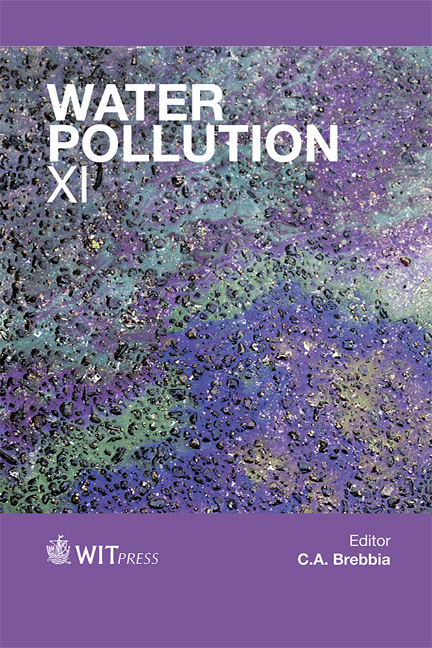Usage Of Environmental Isotopes In Characterizing Groundwater Recharge Sources
Price
Free (open access)
Transaction
Volume
164
Pages
6
Page Range
223 - 228
Published
2012
Size
409 kb
Paper DOI
10.2495/WP120191
Copyright
WIT Press
Author(s)
H. Bhandary, K. Al-Fahad, M. Al-Senafy & A. Al-Khalid
Abstract
Rising groundwater has affected many urban areas in the Middle East from large cities to individual development sites, resulting in widespread and costly damage to property, and dangers to public health. The main objective of this study is to use the environmental isotopes to identify the recharge source that is causing groundwater rise. The study area is located within the Greater Burgan oil field of Kuwait and covers an area of 25 km2. The stable isotopes oxygen-18 (18O) and deuterium (2H) were used to investigate the origin of water in the aquifer system while the radioactive isotopes carbon-14 (14C) and tritium (3H), were used to estimate the age and circulation of groundwater. The results of 14C and tritium analyses have indicated that the sampled groundwater had experienced limited recharge from recent rainfall events. The isotopic fingerprints of potential recharge sources were markedly different from those of the groundwater, indicating no recharge from these sources. The isotopic similarity between the two aquifers confirmed the hydraulic interconnection between Dammam aquifer and the overlying Kuwait Group aquifer. It was concluded that the rise of the groundwater in the vicinity of the study area can be attributed to the upward seepage from Dammam Formation water to the subsurface and the infiltration of rainfall and water from the overflow of the nearby disposal pit. Keywords: tritium, oxygen-18, deuterium, carbon-14, aquifer, meteoric water line, rain water, isotopic finger prints, depleted, enriched.
Keywords
tritium, oxygen-18, deuterium, carbon-14, aquifer, meteoric water line, rain water, isotopic finger prints, depleted, enriched





